Brazil and China align protocols for cotton quality
Business and Markets |
Inspection systems were the topic of a meeting between Chinese and Brazilian governments. The objective is to strengthen commercial relations between the Asian industry and Brazilian cotton farmers.
Brazil and China have taken another important step in strengthening commercial relations between the Chinese textile industry and Brazilian cotton farmers. Invited by the Brazilian Cotton Growers Association (Abrapa), government technicians of both countries met on Oct 18 to exchange information about the quality control systems adopted in each nation.
The objective is to align information about cotton quality analysis in order to facilitate trade, eliminate bureaucracy and add value to the Brazilian product in its number one market.
Meeting provides continuity to a mutual development commitment between the two nations
The meeting was attended by technicians from the Department of Inspection and Supervision of Imported Cotton of the China Customs Authority, in Qingdao, and from the State Key Testing Laboratory of Imported Cotton (SKTLIC). The China National Cotton Exchange (CNCE), a Chinese industry entity that has recently formalized an institutional partnership with Abrapa, was also present.
Directors and technicians from the Ministry of Agriculture, Livestock and Supply (Mapa), cotton growers connected to Abrapa, and the National Cotton Shippers Association (Anea) made up the Brazilian team at the meeting. The event was held by the Cotton Brazil program, an Abrapa initiative, and supported by Anea and Apex Brasil, which aims at promoting Brazilian cotton in the Asian market.

Wang Ming, from the Customs office located in the Qingdao free trade zone, presented the legislations that regulate the protocols for checking the quality of imported goods and explained the main procedures in place. Qingdao accounts for 60% of the total volume of imported cotton in China.
“In the last five years, the quality of Brazilian cotton has evolved. From 2017 to now, the compliance rates have been around 90% and we realize that it is a fiber with good uniformity. In addition, we have seen a high level of consistency between the Brazilian indicators and those we measure in our own inspection,” said Wang
Quality is a constant commitment of Brazilian cotton
The perception that Brazilian cotton is in continuous improvement is explained by investments in quality. “We test 100% of the bales produced in Brazil in modern laboratories and, as of this crop, test results can be checked by cell phone, via QR Code. This includes 81% of all our production, which is certified by the Responsible Brazilian Cotton (ABR) program”, Abrapa’s president, Júlio Busato, explained.
Abrapa’s Quality Manager, Edson Mizoguchi, talked about how the association’s quality program, the Standard Brazil (SBRHVI), works, and mentioned its main results. The program is based in international classification and control criteria. “In the 2020/21 cycle alone, we tested 7,087,200 cotton bales and each year we improve our processes. We are on the right path to excellence”, he noted.
Brazilian cotton will have one more certification
Glauco Bertoldo, director of the Department of Inspection of Products of Plant Origin (Dipov), of the Brazilian Ministry of Agriculture, anticipated that quality tests will acquire even more strength. Cotton will be the first agricultural product to be included in this new, official and voluntary certification system developed by the Brazilian ministry.
“We will start with the cotton production chain because of the degree of organization and of the Abrapa system, which certifies growers and gins. The production process unfolds with responsibility and transparency. Our certification will certainly meet the Chinese government’s strict criteria, and we invite them to get to know our system on site”, said Bertoldo.
With this certificate, data on the origin and on the different production stages – from the fields to the gin, up to each bale to be exported – can be accessed in real time by buyers and auditors. “And the certificate can be either printed or digitally issued, according to the Chinese government’s preference,” noted Bertoldo.
Brazilian cotton numbers in China
The main destination of Brazilian cotton is China, which imports 30% of the cotton Brazil exports. The foreign trade between the two countries is likely to continue to grow.
In the last four years, Brazil has multiplied the volume of cotton exported to China by eight, from 79,000 tons shipped in the 2017/18 cycle to 721,000 tons sold in the 2020/21 crop.
As a result of this growth in sales, Brazil is now the second largest supplier of cotton to China, reaching a market share of 26% in 2021, second only to the United States.
